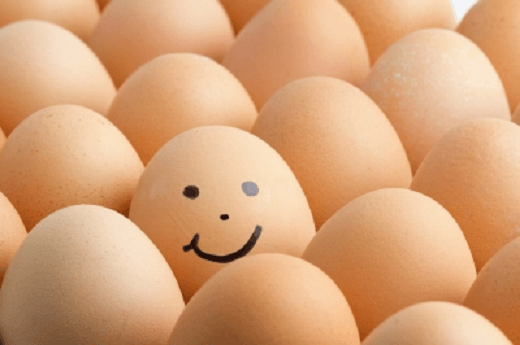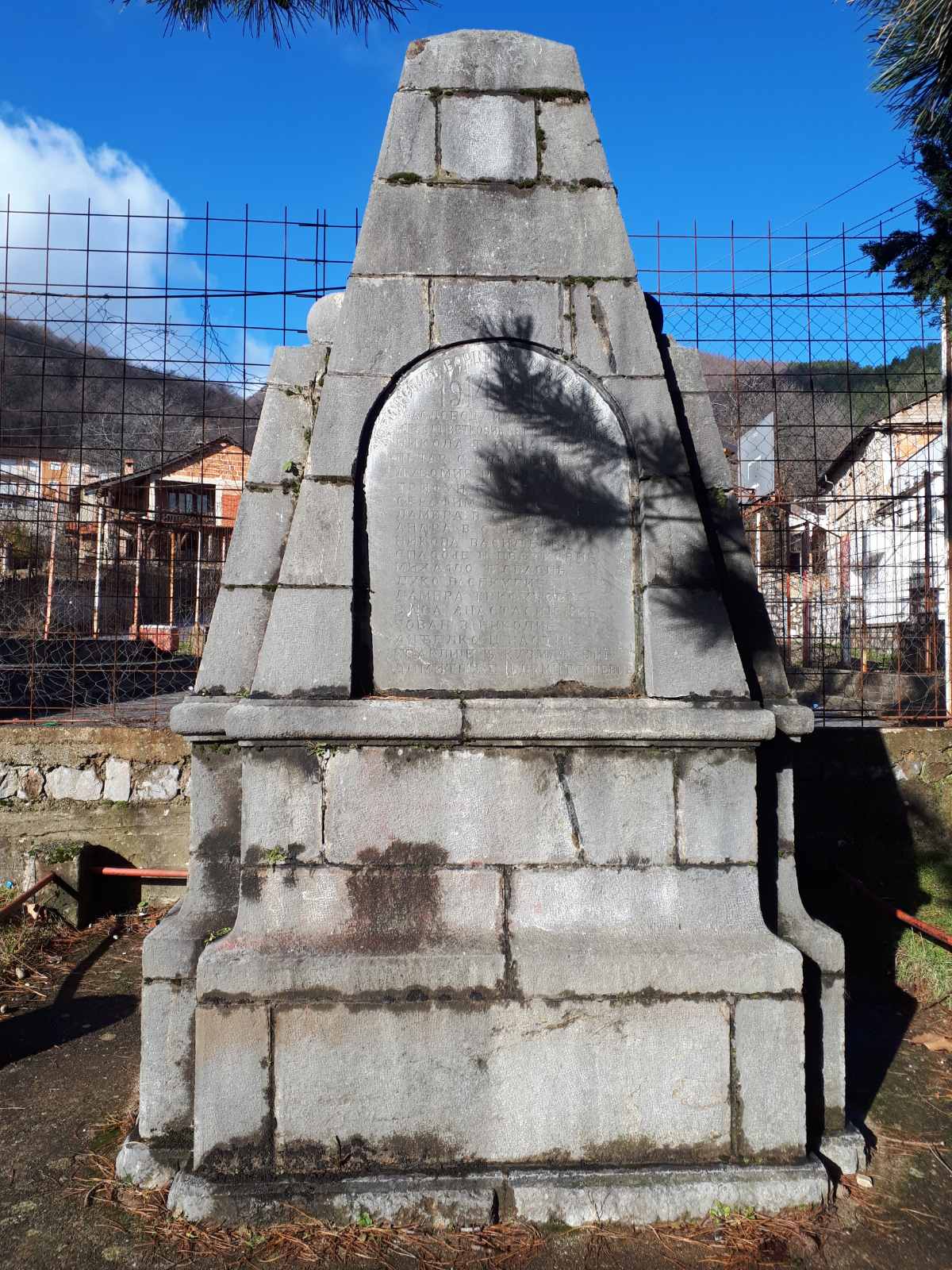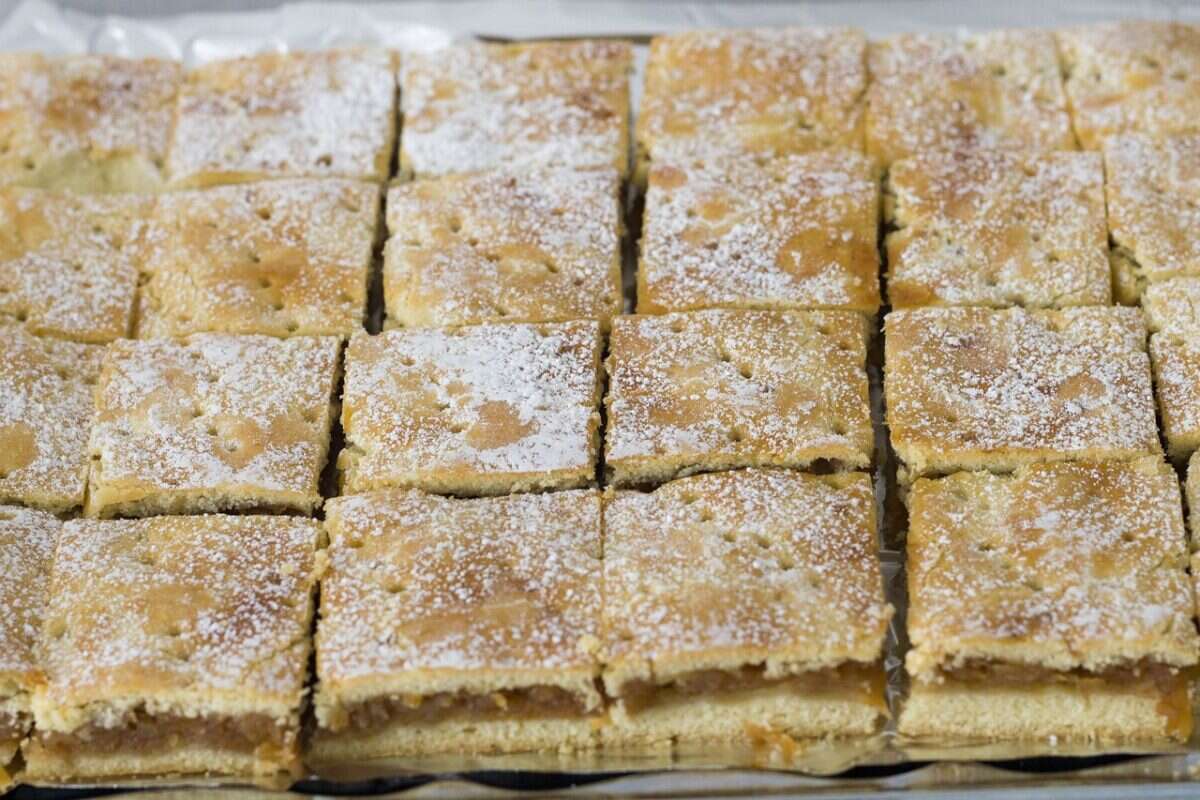
Hard boiled egg… These days, everyone is talking about tips on how to dye Easter eggs. There are wonderful ideas, but what has always bothered me is how to get exactly the same number of hard-boiled eggs with the whole shell out of 10-20-30 fresh eggs? Murphy usually gets his fingers involved here too, so out of ten fresh eggs, after cooking you get, if you're lucky, 5 to 6 hard-boiled with the whole shell.
Whatever technique you use to decorate your Easter eggs, it's important that they are whole and well hard-boiled with the shell intact, so that everyone can enjoy an Easter eggnog breakfast.
Here are some tips that have enabled me to do the above in previous years, and I won't skip them this year either.
Purchase and preparation
First, I always try to buy eggs from the farmers, so now if they don't lie to me there are popcorn eggs running around the yard. That shell is always harder. But, well, I know it's not always easy to find a peasant who doesn't praise his goods and who won't say exactly what you want to hear.
READ: IDEAS FOR EASTER
If that doesn't work, then I buy eggs in the store, but I don't mind checking each batch - by tapping the top part, the tip, of the egg with the tip of my fingernail. If the shell is hard, there will be no reaction. If the egg is already cracked or the shell is one of those that crack as soon as you look at them, you will make a "crack" on the shell. When I say tap, I really mean with the tip of your fingernail and very gently, so that your finger doesn't end up in the yolk, and maybe the whole egg on your shoes. That "burst" will not harm anyone, but you know that that egg is not the one that should end up on the Easter table.
When I bring the purchased eggs home, I immediately rearrange them - turn them over. And if I bought them a day or two before, I do it every day. By turning the eggs, the whites and yolks push out the air pocket that is created when the eggs lie in the same position for a long time (because the shell of each egg is porous). By "squeezing out" the air, the whites and yolks are evenly distributed in the shell, so we don't have those air pockets, which spoil the magic of knocking Easter eggs.
Usually everyone says to put the eggs from the hairdresser in cold water and they will cook. The system, which I will tell you now, turned out to be better for me, which does not mean that it is. I take the eggs out of the fridge to let them stand at room temperature for at least 2 hours, and during those two hours I turn them twice more. I usually cook eggs on a gas stove, because it is much easier and faster to regulate the desired temperature than on an electric stove.
Depending on the amount of eggs, I also choose the size of the pan, because my goal is for all the eggs to be at the bottom of the pan and to be "stuck" in some way, that is, to lean on each other as much as possible. I arrange the ready-to-boil eggs in a pot, sprinkle two large spoons of salt over them (for 20 eggs) and pour lukewarm water just enough to cover them to the top. If the pan is of adequate size, not a single egg will float to the surface, and if it floats, I take it out and replace it with another, if I have one. The fact that they float to the surface are full of air and then the shell quickly breaks when cooked and there is a pot full of loose egg whites...

Warm water
Another thing can be a solution to the whole shells of all hard-boiled eggs. If you have flowers in your house, I believe you also have bottles full of water for watering them, because all botanists advise us that it is better to water our lovely plants with water that has been standing for at least a day. Well, that same water is the right thing for cooking eggs. I'm not a chemist, so let me give you an expert explanation, but I can only say from my experience that it was a real revelation for me, completely by accident. A couple of years ago, we ran out of water just when I needed it the most (that Murphy always interferes in everything). And I used that bottled water, which due to some strange habit, there are always liters and liters in the house. For the first time, I thought it was just a coincidence, that out of 20 fresh eggs with whole shells, I got 20 boiled eggs with whole shells.
I already conducted the experiment during the next cooking, a new batch of the same eggs, where I used lukewarm water from the boiler and the result was not exactly the same, although still satisfactory, 20:18.
Cooking
And so - we stopped at placing the pot on the gas burner. The flame should be as small as possible, so that the water heats up slowly and bubbles as little as possible. When it starts to throw the first stronger bubbles, add another 1 dcl of the same water, and so on two more times, and then leave them for a good 10-15 minutes to "bubble" in the water that has boiled. My score has been 3:4 for 20-20 years, so I am satisfied.
Maybe all this doesn't matter, maybe I've just been luckier in recent years, but let's sum it up:
- You choose the eggs by tapping the tip of your fingernail on the tip of the egg (if you are not lucky enough to be able to get home-made ones).
- The eggs are turned to the opposite side immediately after purchase in the boxes, and so every day until the time of preparation.
- Before deciding to cook, take the eggs out of the refrigerator for 2 hours and turn them two more times (so every hour).
- It is important that the pan for cooking the eggs be of such dimensions that they lean closely against each other.
- It is important to salt the eggs with at least two spoons of salt, I emphasize the spoons! That is, for every 10 eggs, 1 tablespoon of salt.
- It is important that you pour and cook the eggs in the water you use to water the flowers (of course, I mean clean water, just standing water).
- It is important that in the beginning the "fire" on which it will be cooked should be as low as possible and that every time the water starts to boil, you add 1 dcl of the remaining water for the flowers and repeat this 3 times in total, and after the third addition, leave the water to boil. stir and boil for 10 to 15 minutes.
The further technique of decorating Easter eggs is up to you!
Good luck! And get in touch with your experiences.
Marijana Primc Anastasijevic
READ: WHERE CAN I BUY THE BOOK TRADITIONAL RECIPES OF HOME SERBIAN CUISINE?
Read more:
The Recipes and Kuvar online portal is ranked among the TOP 50 websites in Serbia!
Don't miss a recipe - Recipes and cookbook online on Facebook. Stay tuned, follow the Recipes and Cookbook twitter notifications!







